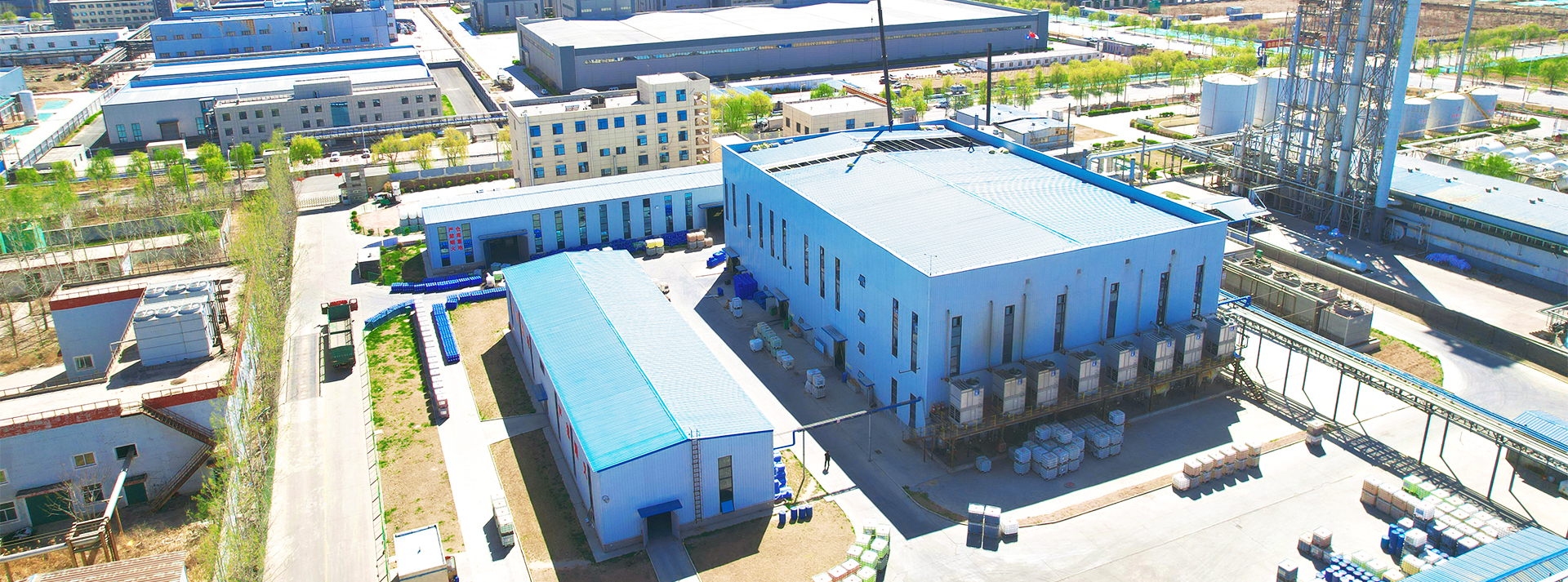Exploring Diverse Applications and Benefits of Cationic Polyacrylamide in Various Industries
The Versatile Uses of Cationic Polyacrylamide
Cationic polyacrylamide (CPAM) is a synthetic polymer that has garnered significant attention in various industrial and environmental applications due to its unique properties, primarily its charge, molecular weight, and ability to form gels. As a cationic polymer, CPAM carries a positive charge, making it particularly useful in processes that require the aggregation of negatively charged particles. This characteristic has led to its adoption in various fields including water treatment, papermaking, oil recovery, and mining, among others.
Water Treatment
One of the most prominent uses of cationic polyacrylamide is in water treatment and wastewater management. CPAM serves as a flocculant, helping to remove suspended solids from water by neutralizing the negative charges of particles, which promotes their aggregation. In municipal wastewater treatment facilities, CPAM is used to enhance sedimentation in clarifiers, leading to improved clarity of the effluent. It is equally effective in industrial applications, where it aids in treating process water and effluent streams to meet environmental regulations.
Moreover, CPAM's ability to bind with organic and inorganic pollutants makes it an invaluable tool in the treatment of sludge. By conditioning sludge, CPAM allows for better dewatering processes, further minimizing the volume of waste that needs to be processed or disposed of.
Papermaking
The papermaking industry also extensively utilizes cationic polyacrylamide. In this context, CPAM acts as a retention aid and a dry strength agent. It improves the retention of fines and fillers during the paper formation process, contributing to better fiber bonding and enhancing the overall quality of the paper. The addition of CPAM in the pulp and paper process not only optimizes the dewatering rates but also significantly reduces the amount of chemicals required, leading to a more sustainable production method.
cationic polyacrylamide uses

Oil Recovery
In the oil and gas sector, cationic polyacrylamide plays a critical role in enhanced oil recovery (EOR) processes. It is used as a thickening agent in water flooding techniques to improve the viscosity of the injected water, thereby reducing mobility and increasing the sweep efficiency of the oil recovery process. The application of CPAM allows for a more effective displacement of crude oil from reservoir rock, ultimately leading to higher production yields.
Mining and Mineral Processing
CPAM is also utilized in mining and mineral processing, where its flocculating properties help in the separation and concentration of mineral ores. In processes like the flotation of minerals, CPAM enhances the recovery of valuable metals by improving the settling rates of mineral particles. This not only boosts efficiency but also lowers operational costs associated with mineral extraction.
Conclusion
The diverse applications of cationic polyacrylamide underscore its significance across various industries. Its effectiveness as a flocculant, retention aid, and thickening agent makes it an essential tool in water treatment, papermaking, oil recovery, and mining. As industries continue to seek sustainable and efficient solutions to enhance productivity and environmental compliance, the role of CPAM is likely to expand further. Its chemical properties allow for innovative applications, and ongoing research may unveil even more uses for this versatile polymer in the future.
-
Water Treatment with Flocculant Water TreatmentNewsJun.12,2025
-
Polymaleic AnhydrideNewsJun.12,2025
-
Polyaspartic AcidNewsJun.12,2025
-
Enhance Industrial Processes with IsothiazolinonesNewsJun.12,2025
-
Enhance Industrial Processes with PBTCA SolutionsNewsJun.12,2025
-
Dodecyldimethylbenzylammonium Chloride SolutionsNewsJun.12,2025





